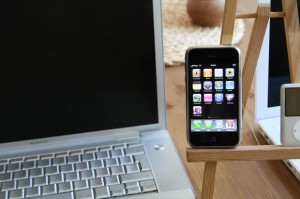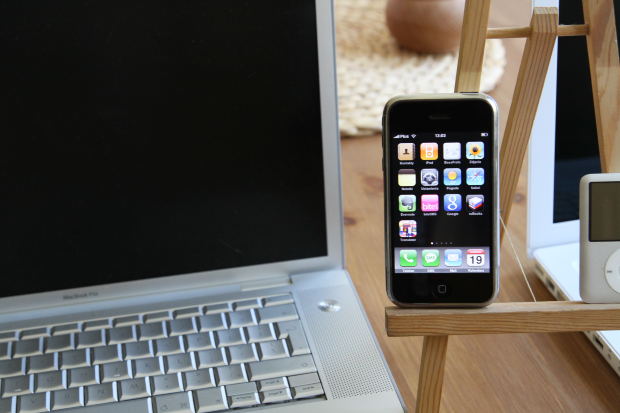Now that hurricane Sandy has moved on, leaving in its wake a whole lot of damage and lost productivity, we can look at it as a pretty loud reminder that business owners need to be prepared for unexpected interruptions in their work day. One such interruption is a loss of power; it’s something that can strike even in the clear blue sky. But for businesses that rely on their electronic computing devices to be productive, a power out of even a few hours could be extremely costly.
 So how can you plan to stay productive when the electricity goes out? Here are a few suggestions:
So how can you plan to stay productive when the electricity goes out? Here are a few suggestions:
1. Get a UPS for your essential computing devices. UPS stands for uninterrupted power supply. It keeps your computer temporarily running even if there’s a blackout or other electrical disturbance such as a brownout. UPSs are available at any major office supply store, and they used in much the same way as a power strip or surge protector. Some sockets on the UPS will provide both battery backup and surge protection. These should be used for your PC, monitor, modem, and perhaps one or two other devices you want to protect from a sudden power loss. Additional slots may be available that provide only surge protection without battery backup. But keep in mind that the more devices that are connected, the less time you will have access to this form of backup power.
2. Consider using a UPS with a fuel generator. Another popular backup power option is a fuel powered generator (typically gasoline is used). Since fuel generators are notorious for producing inconsistent energy outputs, you will want to use it together with a UPS so your devices will be protected from any sudden surges.
The major downsides to using a generator is that they tend to be noisy to operate and expensive. Moreover, they are prone to accidents and should be used with caution. Here is information on how to safely use a portable generator from the Occupational Safety and Health Administration.
3. Have smaller devices ready to conduct essential work. You could ensure that you have a smaller device ready with a fully charged battery that will allow you to do some essential work- ie a laptop, a tablet computer, or a smartphone. If you store documents and other important data in the cloud, then your ability to be productive increases significantly.
4. Have backup batteries ready with a full charge. It’s a good idea to invest in a spare battery pack that you keep fully charged. These “super batteries” plug into your laptop and can provide up to four or more hours of extra power. While they won’t charge your laptop’s original battery, they do offer an reliable option for alternative power.
5. External battery chargers. There are several products on the market that promise to recharge the battery in your phone, laptop, or other device. Usually, these rechargers are relatively cheap and they can easily be placed in a backpack, briefcase, or a small purse. A couple of good examples include: GearPower from IOGEAR and the Mojo Removable Power Card.
6. Power inverter. If you need to use something a little bigger than a phone, such as a laptop or desktop computer, then you may want to consider getting a power inverter. The inverter can be used to convert DC power from your car battery into AC power for devices that are usually plugged into a wall outlet.
7. Alternative energy chargers. If you have access to sunlight then a solar powered charger may come in handy. The problem is that these devices tend to be pricey. A solar-powered battery charger will typically cost from $250 on the low end, to $800-$900, for a higher end device. Power output among devices typically ranges from 10 to 25 watts. From pocket-sized devices to briefcases, the weights of these products can range from a few grams to several kilos. In addition to solar power, many chargers can also be charged from a wall outlet or a USB port so you can use it like a regular external battery charger mentioned above. Some models even sport a wind turbine.
